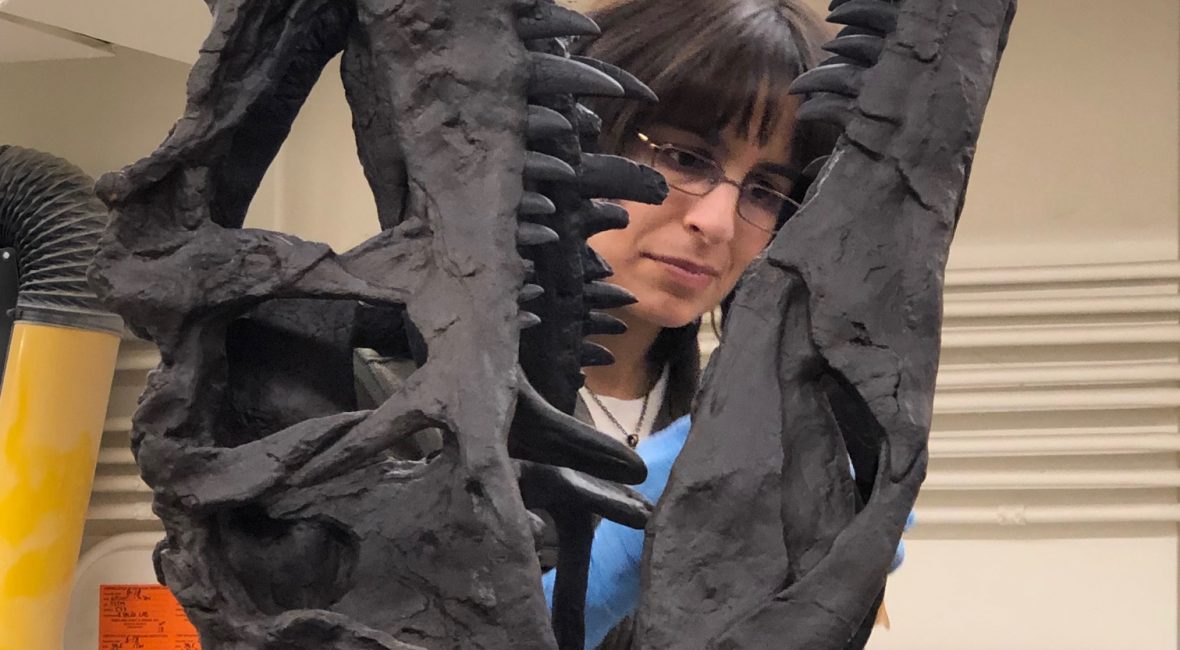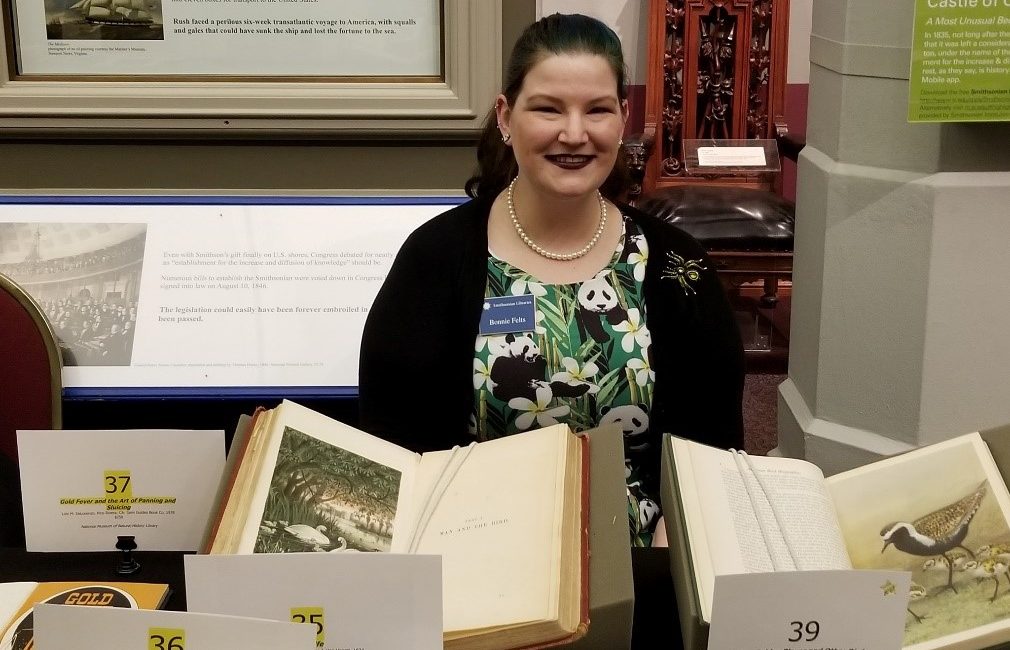I’m a Deep Time – Peter Buck Fellow in the Department of Paleobiology at the Smithsonian’s National Museum of Natural History where I study the ecology and evolution of prehistoric vertebrates, especially fossil mammals from the Indian subcontinent. The Indian subcontinent has one of the richest mammalian fossil records anywhere in the world. The Siwalik Hills and surrounding regions in Northwest India and Pakistan have a fossil record ranging from about 23 million years ago to about half a million years ago, making this region an ideal place to study how mammalian communities have changed through time.
Fossil mammals in India were first discovered by British explorers and naturalists in the 1830s and 40s. Hugh Falconer, Proby Cautley, W.E. Baker, and H.M. Durand discovered one of the largest deposits of fossil mammals from the Pliocene and Pleistocene (3.6 million years to 0.6 million years) in the region between the rivers Yamuna and Sutlej. These fossils eventually made their way back to the Natural History Museum in London and form one of the most important fossil collections in the world. These collections form the basis of my research on the reassessment of the taxonomy of fossil mammals from India, the biogeography of South Asian mammals, and paleocommunity change.












